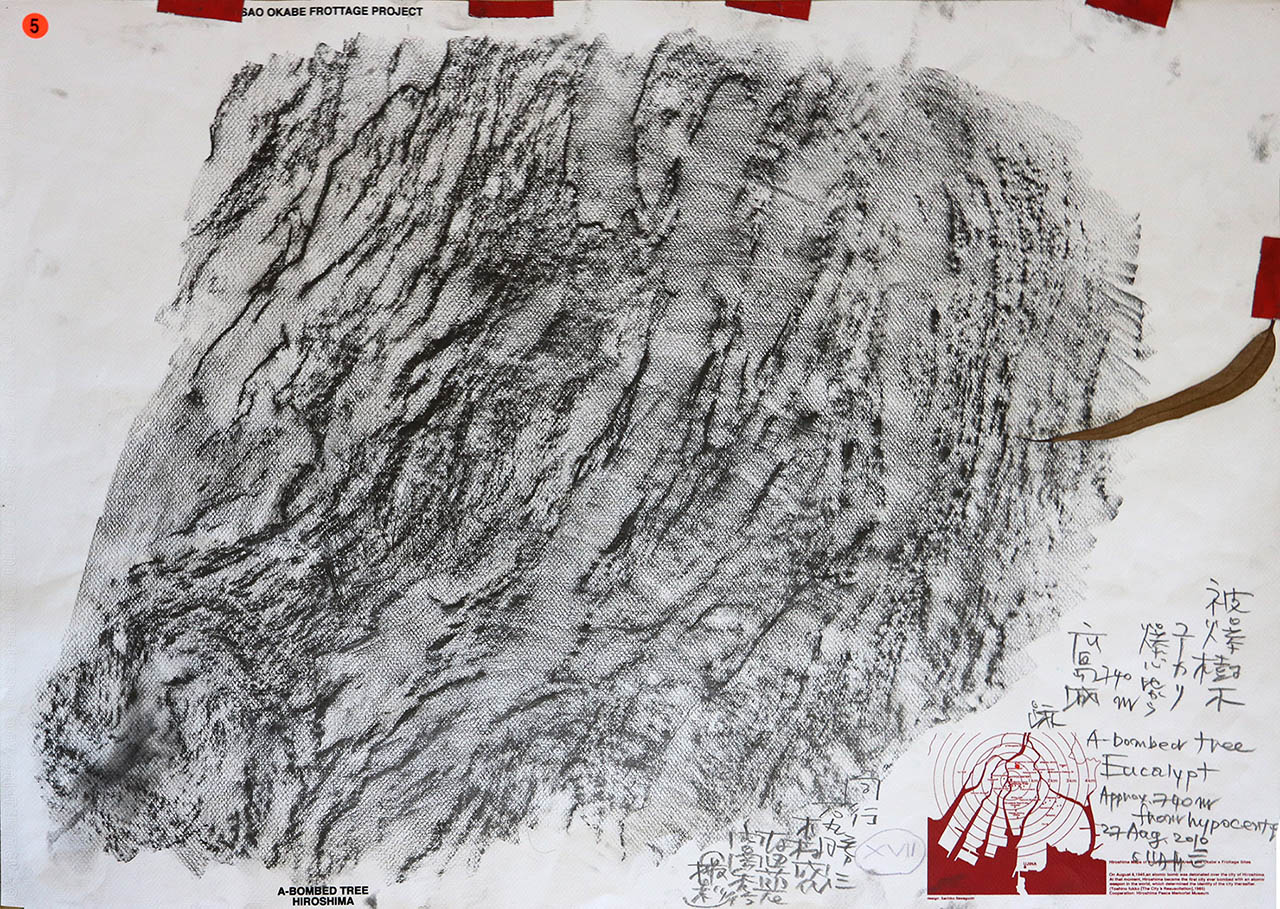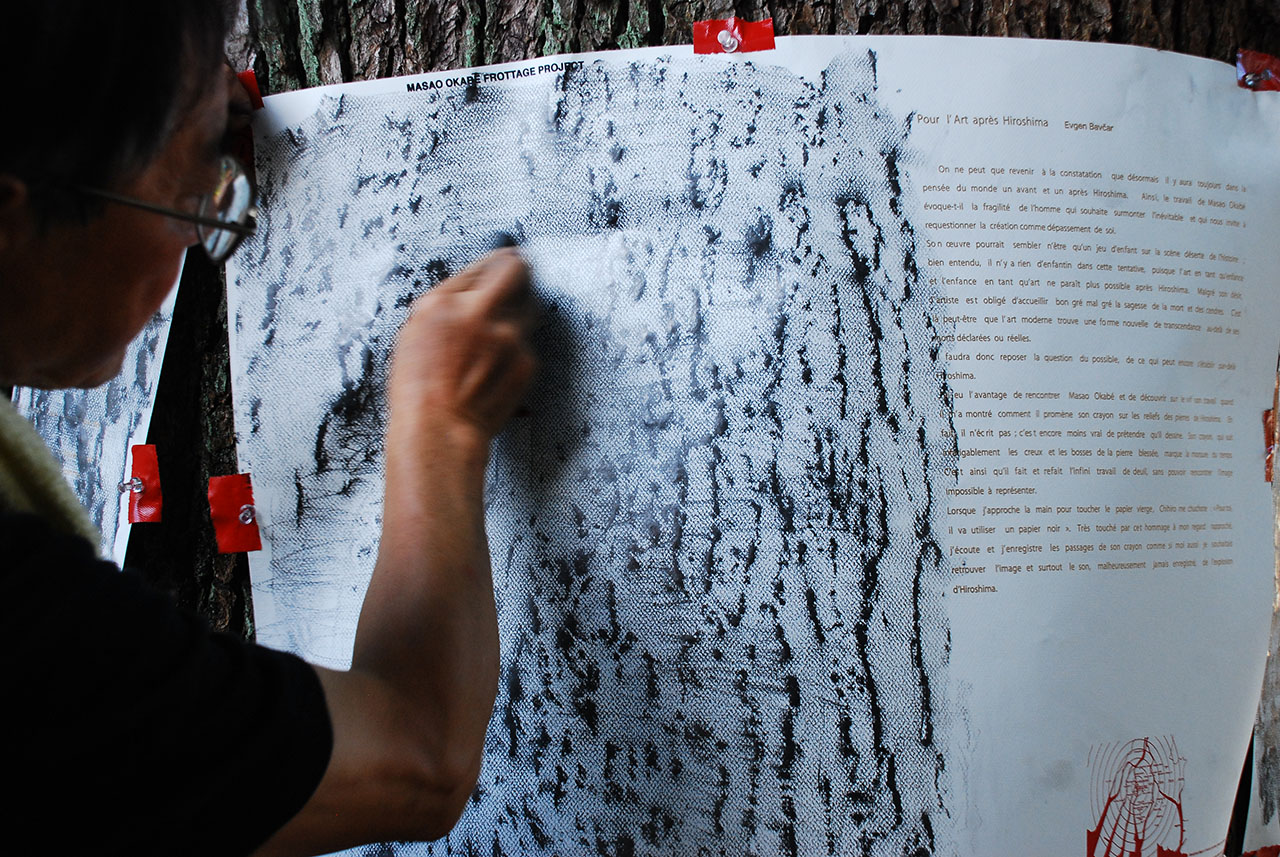Inspired by its location in Hiroshima, the Anthropological Institute of Hiroshima (TAIHI) seeks to serve as an intellectual and practical hub for transnational networking aimed at making anthropology a resource for knowledge and wisdom about humanity. As a project, TAIHI recognizes existing academic frameworks are insufficient to address interconnected problems of our time, such as the Anthropocene or the Capitalocene, in which a plethora of divisions and destructions have manifested themselves. TAIHI embraces these problems as the most critical and urgent challenge for anthropology. In conversation with recent theoretical developments in other academic fields, TAIHI strives to foster a rich intellectual ground for recognizing and weaving together multilayered and transversal forms of relationality. Furthermore, TAIHI aims to create a new framework of knowledge and wisdom about humanity by rethinking “humans,” not only in terms of humans and their society but also in terms of their intertwining relationships with non-human organisms, the environment, technology, and objects.
TAIHI is not simply aimed at producing research outputs. Instead, its goal is to cultivate the intellectual “soil” on which such outputs are produced. In other words, TAIHI seeks to cultivate relationships that serve as the source of knowledge and life, and in that process the project strives to nurture diversity, multifacetedness, and multi-directionality. As an organization, TAIHI operates like the roots of a rhizome, in which no hierarchy or imbalance dictates. TAIHI’s goal is to share and deepen the relationships cultivated by its participants in their efforts to generate knowledge across multiple languages, multiple sites, multiple disciplines, and multiple professions. Our collective conviction is that we will be able to foster rich intellectual soil for generating new, and truly unique, research and practices at the intersection of these relationships. May the continuous stirring, decomposition, and recombination of this soil through intellectual and practical exchange sow seeds of hope for the future of our wounded planet!
広島文化人類学プロジェクト研究センター(The Anthropological Institute of Hiroshima (TAIHI) )は、広島という地に触発された人類学者たちによって、「人間」に関する知としての人類学を更新する学問的・実践的ネットワークのハブとして立ち上げられました。人新世や資本新世と呼ばれるように、さまざまな分断と破壊が顕在化する現代世界にあって、相互につながりあった諸問題に向き合うためには、従来の学問的枠組みではあまりに不十分だといえます。 そこで、文化人類学の最先端の理論的・方法論的・実践的な課題として、他の学問領域での近年の展開をふまえつつ、 重層的で横断的な関係性を感受し、新たに紡いでいくための豊かな知的土壌を醸成することを本センターの目標とします。さらに「人間」について、人間とその社会だけに限定せず、人間以外の生物、環境、テクノロジー、モノなどとの絡み合いのなかで捉え直すことを通して、「人間」に関する新たな知の枠組みを創出することも目指しています。
本センターのユニークな点は、研究上のアウトプットそのものを至上の目的とするのではなく、その前提となるような土壌、知と生の源である関係性の培地を耕すことそのものを主眼としていることです。真の多様性、多面性、多方向性が育まれるような土壌を培うことに最大限の配慮を払い、ヒエラルキーや不均衡性を作らないリゾーム型の運営により、多言語・多拠点・学問内外でのシームレスな知の生成に携わる人類学者たちがそれぞれ培ってきた関係性を共有し、さらに深めることを目指します。こうした関係性の交差からこそ豊かな知的土壌が生まれ、真にユニークで新しい研究と実践が創発してくると信じるからです。学問的かつ実践的な交流によって耕される土壌の攪拌、分解、新結合を継続すること自体が、この傷ついた地球の未来にとっての希望となることを!

The artwork on our front page is by Masao Okabe, taken from Okabe’s Frottage Project where the artist reproduces the pattern of the bark of a eucalyptus tree that survived the atomic bombing of Hiroshima. The work is accomplished by placing paper directly on the tree and rubbing over it with his drawing materials. Hiroshima’s endeavor of weaving the memoirs of the human catastrophe into the fabric of future generations resounds in Okabe’s artwork through the traces of nonhuman witnesses. From the A-bombed eucalypts of Hiroshima, our imagination may wander to the Australian eucalypts which are constantly regenerating even amidst the devastation caused by climate-induced bushfires. Many eucalypt species sprout new shoots after being destroyed by bushfires, and these “recovery buds” store energy and carbon under the bark and in the ground. Remaining old trees with hollows allow other vulnerable species to take refuge. As such, we believe that cultivating together a soil-like sensitivity where thoughts and discourses grow, decompose, reconnect, and foster a porous interrelatedness of species, space, and time is needed in the so-called Anthropocene. In the words of the Japanese folklorist Shinobu Orikuchi, it can be described as a practice that restores “analogous performativity [ruika seinō].” Special thanks to Ms. Shizuka Matsunami of gallery G.
トップページの作品は、広島市内の被爆ユーカリの樹皮に紙をあて描画材で擦り出した岡部昌生氏によるフロッタージュ作品です。人類の惨禍の記憶を次世代に継承する広島性は、岡部さんの表現においては他種の痕跡に再話させることによって表れます。そして、広島の被爆ユーカリは、山火事による荒廃のなかで再生を繰り返すオーストラリアのユーカリへと私たちの想像力を接続します。ユーカリ種の多くは焼失した後も再び新しい芽を吹き出し、その「回復芽」は樹皮の下や地中にエネルギーや炭素を蓄えるといいます。さらに空洞のある老木は他の脆弱な生物種が退避する場所になります。人新世の時代に求められているのは、種・空間・時間を多孔的に交差し、分解し、醸成しながらともに考えつづける土壌の感性ではないでしょうか。それは折口信夫の言葉を借りれば「類化性能」に立ち返る実践であるとも言えるかもしれません。ご紹介下さったgallery Gの松波静香さんに心より感謝申し上げます。
